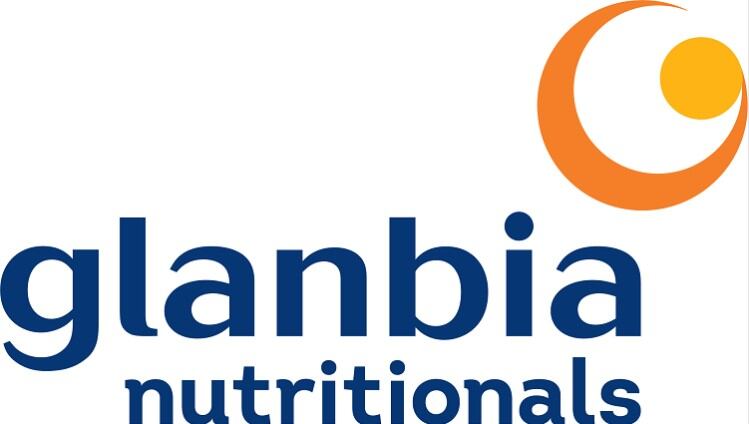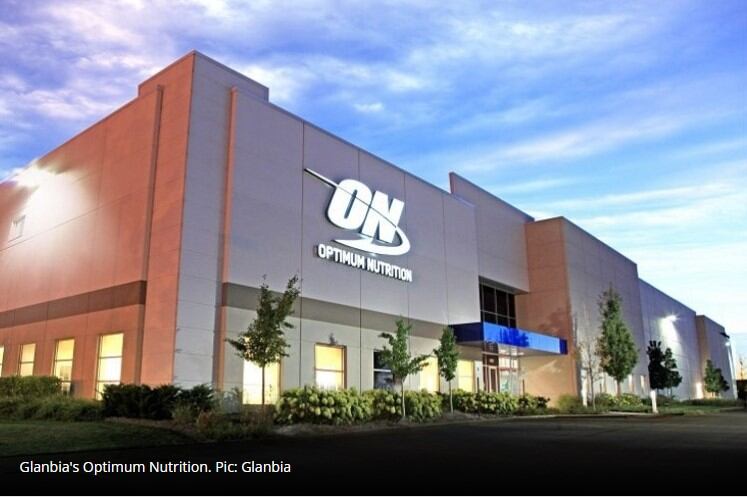Analysts have attributed the progress to consumer interest in immune health and renewed efforts to address deficiencies in the body, such as vitamin C and D.
The supplement market includes premixes, which has several factors driving the market forward, with 34% of European premix revenues coming from health and wellness applications, including sports nutrition, bakery and confectionery.
The demand for sports nutrition products also taps into consumer awareness of their overall health.
NutraIngredients spoke to Sonja Matthews, Senior Manager Strategic Insights at Glanbia Nutritionals on current nutrient premix trends and market predictions for the coming year.
Could you briefly describe the advantages powder food premixes have over liquid form products?
Sonja Matthews (SM): “The more of these ingredients a product contains, the more challenging it can be for a company in terms of procurement, inventory management, and production.
“A custom premix, which is a custom blend of typically ten to twenty nutrients in the precise proportions needed for a product, can alleviate many of these challenges.
“Powder premixes allow brands as to add several vitamins and minerals without affecting the product’s taste and texture.”
The nutrition and health supplements segment has slowly captured a share of global food premix market over the past five years. Could you comment on the effect an ageing population, health and wellness trends, increasing birth rates, and increasing prevalence of various diseases has had on the market?
SM: “According to the World Health Organization, the global population over the age of 60 will reach 22% by 2050 - double what it was in 2015.
“Ageing brings with it a multitude of health conditions, requiring additional supplements to help address deficiencies or prevent health problems.
“A Glanbia Nutritionals’ survey found that over half (51%) of over 55-year-olds in the UK “will be more conscious of what they eat to stay healthy” following the pandemic.
“Nutrition and health supplements have typically been more popular with older generations, particularly products that support heart, bone, eye, and brain health.
“However, supplements that provide consumers with energy, focus or have calming benefits should all now be considered when producing new nutritional benefits, as the functional trend is now popular with all age groups.
“Increased consumer demand for products providing health and wellness products has forced companies in the supplements market to develop solutions suitable to the ever-busy schedule of the modern customer.
“Premixes provide a convenient ready-to-go solution to help improve an individual’s specific health requirements.”
Could you comment on the influence of fortifying nutritional drinks, and other goods such as sports nutrition and dietary drinks for athletes on the industry’s fortunes and R&D direction?
SM: “Sales of sports orientated products are forecasted to grow to reach €4.3bn by 2024, with an estimated CAGR of 7.6% by 2024.
“The European sports nutrition market is forecasted a year-on-year growth of 6.7% from 2023 - 2024.
“The rise in consumer demand for nutritional and dietary drinks has led to fortification of everyday drinks with functional ingredients, forming the active lifestyle segment.
“We believe that this trend will continue beyond beverages and into food applications. We already see momentum in nutrition bars, but we also expect to see applications like gummies, savoury snacks, and others to advance.
“Taste and texture drive consumer experience across food applications and our custom premix solutions and functionally optimised nutrient technologies are keeping pace with consumer desires.
“The proper premix allows once difficult ingredients to become suitable for a wide range of applications.”
Finally, what do you predict for the market in the next ten years? Can you see any trends or patterns to consumer buying habits that you think will gather momentum in the near future?
SM: “One prediction that we are following quite closely is that of personalisation. We find specifically when it comes to nutrients; consumers are becoming increasingly educated on needs for their lifestyle.
“We expect that to drive consumers demand for more personalised products and therefore more combination of nutrients.
“With a premix partner, managing a variety of nutrient combination simplifies the manufacturer’s process.”




